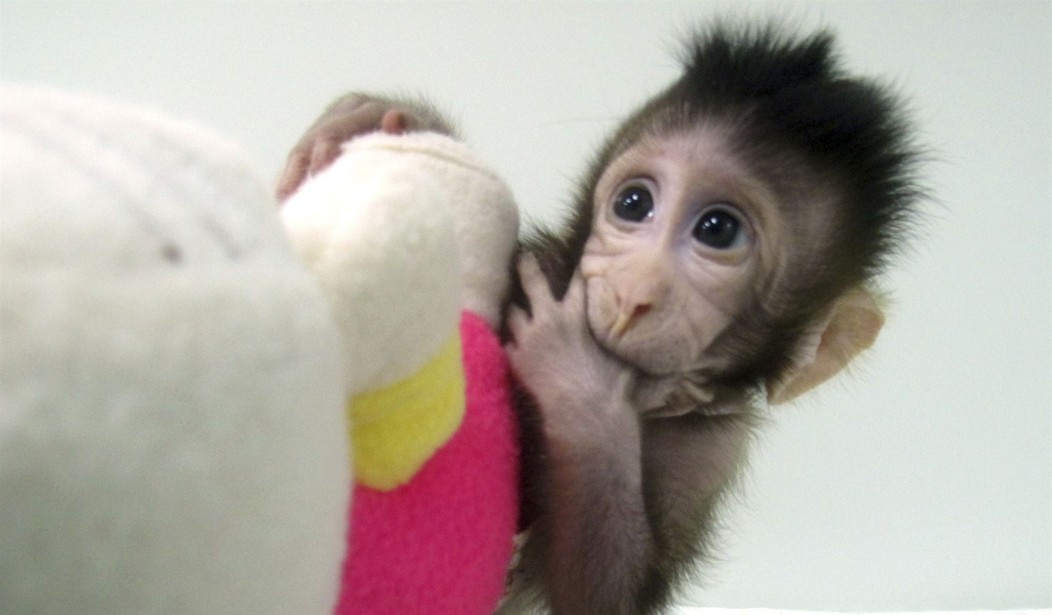If you’ve been life-alteringly afraid of monkeypox, there is pulse-lowering news: Monkeypox will no longer be something to fear. In fact, monkeypox will be nothing at all.
As we’ve learned over the past few years, what something is is determined by what it’s called. And monkeypox will soon cease to exist.
The World Health Organization has announced an impending new moniker for the malady, as the initial one is “discriminatory and stigmatizing.”
On June 10th, 29 international scientists declared the “urgent need for a non-discriminatory and non-stigmatizing nomenclature for monkeypox virus.”
“The prevailing perception,” it lamented, “is that [the monkeypox virus] is endemic in people in some African countries.”
However, it is well established that nearly all MPXV outbreaks in Africa prior to the 2022 outbreak, have been the result of spillover from animals to humans and only rarely have there been reports of sustained human-to-human transmissions. In the context of the current global outbreak, continued reference to, and nomenclature of this virus being African is not only inaccurate but is also discriminatory and stigmatizing.
The rep of Africans is at stake:
The most obvious manifestation of this is the use of photos of African patients to depict the pox lesions in mainstream media in the global north. Recently, Foreign Press Association, Africa issued a statement urging the global media to stop using images of African people to highlight the outbreak in Europe.
Rather than the disease being linked to “Africa or West Africa or Nigeria,” growing evidence suggests that “cross-continent, cryptic human transmission has been ongoing for longer than previously thought.”
As for the term “monkeypox” relating in any way to people, the World Health Organization’s suggested tie-in remains unexplained. It should be noted that Africans are not tailed simians; neither are they -pox, unless WHO infers POCs (People of Color). Nonetheless, it’s been decided a redirection must be made.
Calling the virus “monkeypox,” it turns out, is also “counter to the best practice of avoiding geographic locations in the nomenclature of diseases and disease groups.”
Yet, it has long been common to name diseases after areas of the Earth.
As pointed out by Bill Maher in 2020:
Scientists…have been naming diseases after the places they came from for a very a long time. Zika is from the Zika Forest; Ebola, from the Ebola River; Hantavirus, the Hantan River. There’s the West Nile Virus, and Guinea Worm, and Rocky Mountain Spotted Fever. And, of course, the Spanish Flu. MERS stands for ‘Middle Easter Respiratory Syndrome.’ It’s plastered all over airports, and no one blogs about it.
Putting African people aside, perhaps WHO is concerned about offending non-human animals. Such a worry wouldn’t be far outside the bounds of our current cultural state.
Indeed, these are the days of enhanced sensitivity:
Pest Control for the Problematic: World’s Largest Insect Organization Cancels a Name That Bugs Them
Legal Journal Publishes Plea for Hate Speech Laws Protecting Animals
Fish Fry: Social Justice Sizzles With the Woke Renaming of a Racism-Riddled Carp
Woke in the Water: Shark Advocates Call for an End to the Word ‘Attacks’ in Favor of ‘Interactions’
As for monkeys specifically, an effort to avoid offense is understandable. Despite what you may assume, they’re heavily invested in the goings-on of science:
Is this all real, or are we trapped in a movie?
"Because Of Course: A Gang of Monkeys Attacks a Lab Assistant and Escapes With Bottles of the Coronavirus"https://t.co/yqdJ6R4nbA pic.twitter.com/04u7jUaBBf
— Alex Parker (@alexparker1984) May 31, 2020
-ALEX
See more content from me:
Pest Control Co. Offers Big Bucks to Dump 100 Roaches in Your House and See if They Can Catch Them
Firefighters Rescue M&M’s Factory Workers Who Got Stuck in a Giant Vat of Chocolate
New York Spent More Than $200,000 on Drag Queens — at Public Schools
Find all my RedState work here.
Thank you for reading! Please sound off in the Comments section below.












Join the conversation as a VIP Member